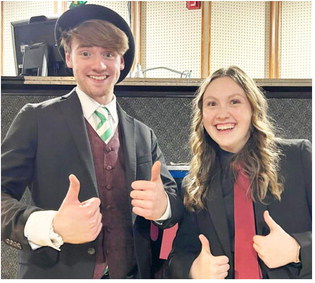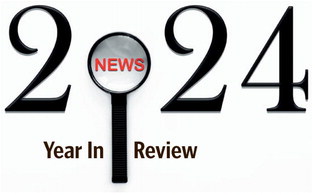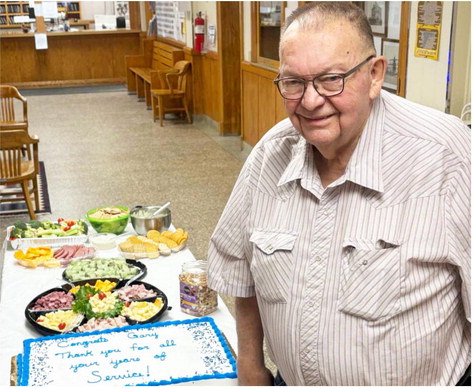Initiative Notes Strengths, Weaknesses In State Elections
Leaders of a large-scale effort to independently observe Montana’s 2024 general election shared their initial takeaways last week regarding the strengths and weaknesses of the state’s elections, teasing a first-of-its-kind report of the full findings slated for release next month.
The Montana Election Observation Initiative, funded by the nonprofit Carter Center and spearheaded by a pair of former state officials, deployed 118 trained observers during the Nov. 5 election across 76 voting sites in 16 counties. That army of volunteers monitored nearly every aspect of local elections, from preparation procedures for mail-in ballots and vote-counting machines to polling place practices and post-election audits. With those observations in hand, Katie Vaughan of the University of Montana-based Mansfield Center told members of the press Wednesday that the initiative’s partners plan to work with state and local election officials, political parties and lawmakers to identify goals for enhancing or improving how Montana runs its elections.
“As we’ve said from the beginning of our work in this and our partnership with the Carter Center, our goal is to reinforce public confidence in elections through education and also highlight our role as a nonpartisan voice in this politically polarized environment for the 2024 election and now into the future,” Vaughan said.
Among the overall strengths highlighted by initiative coordinator Daniel Bruce were an adherence to state election laws by local workers, transparency on the part of county election officials and a focus on ballot security and privacy. Bruce also noted strong public interest in participating in a post-election recount of a close legislative race in Gallatin County, bolstering observations about widespread regard for and engagement in the electoral process.
“We wouldn’t be able to run elections without volunteer election judges,” Bruce said. “Not just volunteering their time but their problem-solving energy and talent was really important here in driving these outcomes.”
As for weaknesses, Bruce shared that observers in several locations reported lapses in voter ID verification procedures, delays in setting up voting machines and shortages of Election Day materials. While election workers persevered with a “calm and professional demeanor,” Bruce said the challenges observed in meeting voters’ demands offer lawmakers room to explore improvements. The observations also underscored broader concerns about the impacts of a change by the 2023 Legislature requiring local election workers to conduct their Election Day vote counts without any breaks, a policy initiative leaders encouraged lawmakers to revisit.
Support your reliable lens on Montana with a gift today! Give by Dec. 31 and your donation will be doubled.
“When you’re working with vote counting and tabulation, that’s a process that requires those election staff and volunteers to be exacting and judicious,” Bruce said. “That’s hard to do when you’re really tired and you’ve been working a long time managing a complex voting operation and it’s the middle of the night.”
The change was widely credited as a driving factor in lengthy delays in reporting results from many larger counties on Election Day, as county offices had to wait until all voters in line as of 8 p.m. had cast their ballots before releasing their first batch of returns. Bruce added that observers felt the effects on election staff personally as they too began the day’s work before 8 a.m. and continued their monitoring activities well after the polls closed.
“We did distribute a survey to our observers, and that was the number one thing they highlighted is, is there a way for us to plan and operate this in a way that allows them to maintain their energy and focus throughout the observation,” Bruce said.
Detailed information about local observations won’t be available until the release of MTEOI’s full report in January, which will coincide with the start of Montana’s 2025 legislative session. How the findings inform the coming policy debate over election procedures in the state remains to be seen, but Geraldine Custer, a former Republican lawmaker and election official from Rosebud County who co-chaired the initiative alongside former Commissioner of Political Practices Jeff Mangan, said she believes the effort has already helped bolster her longstanding argument that Montana’s elections are fair and secure.
“I wanted to showcase it and prove it so that all the rumors that were going around from the 2020 election, the misinformation, would maybe tamp down,” Custer said. “I think that we were successful in doing that by getting observers out to at least 80 percent of the population that votes in Montana.”


